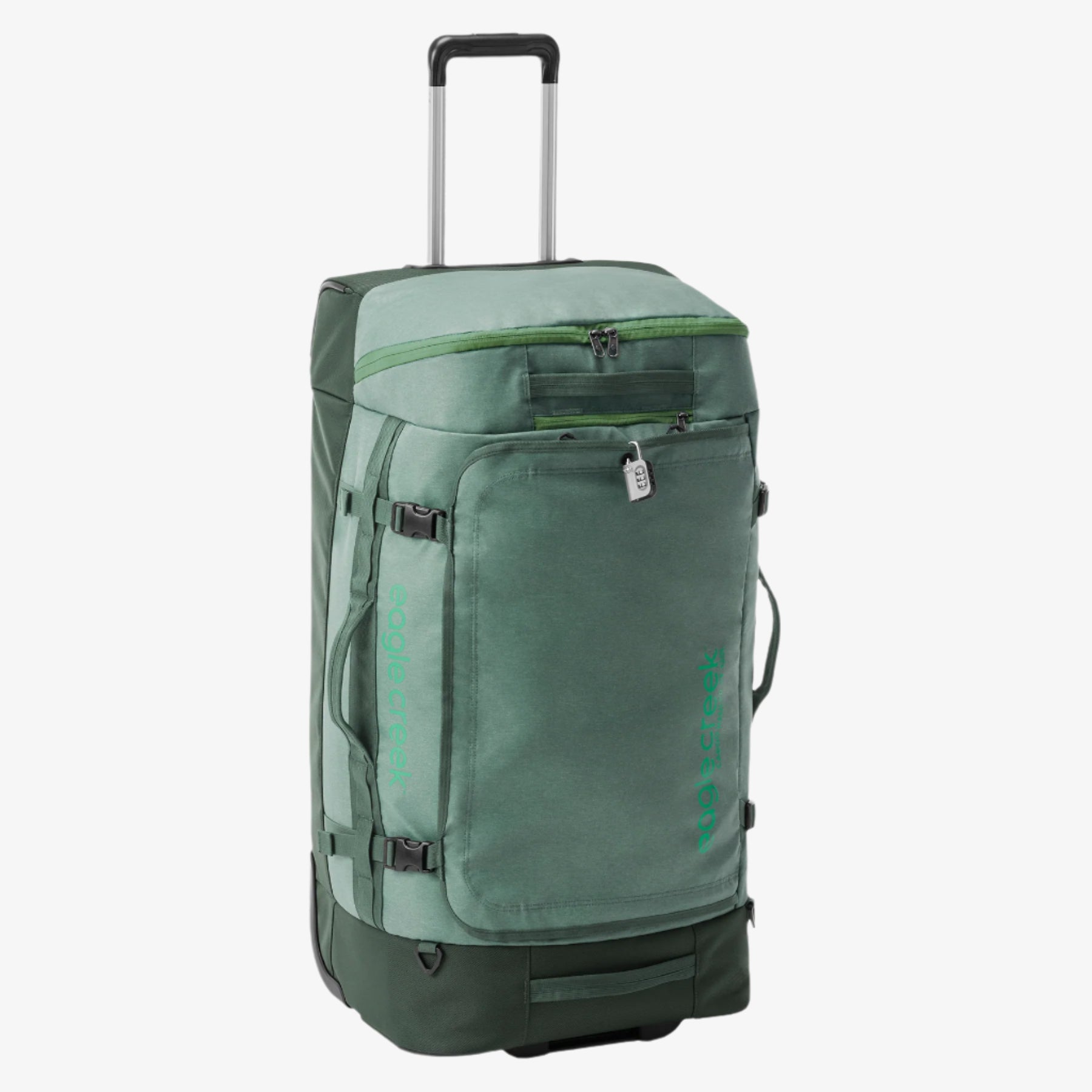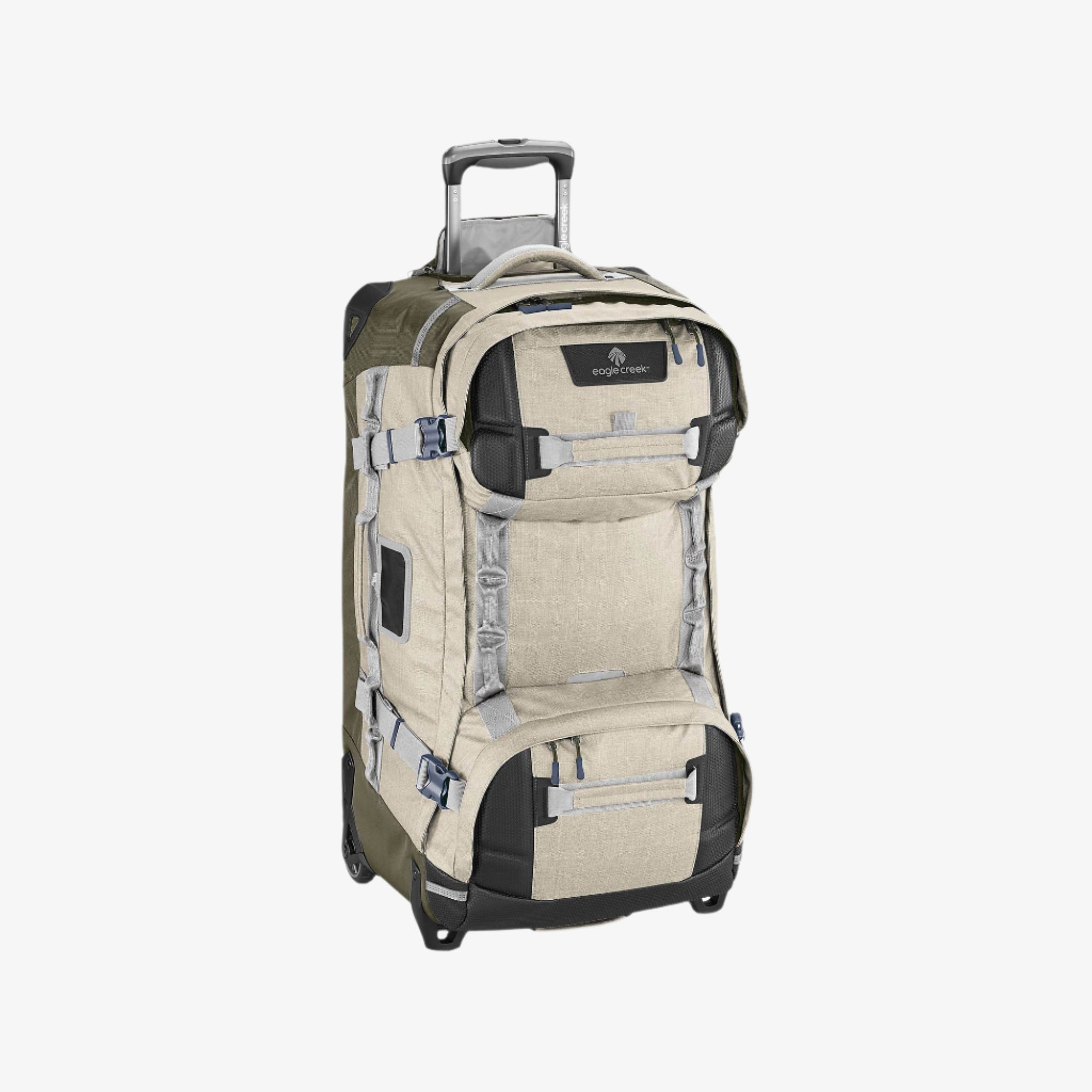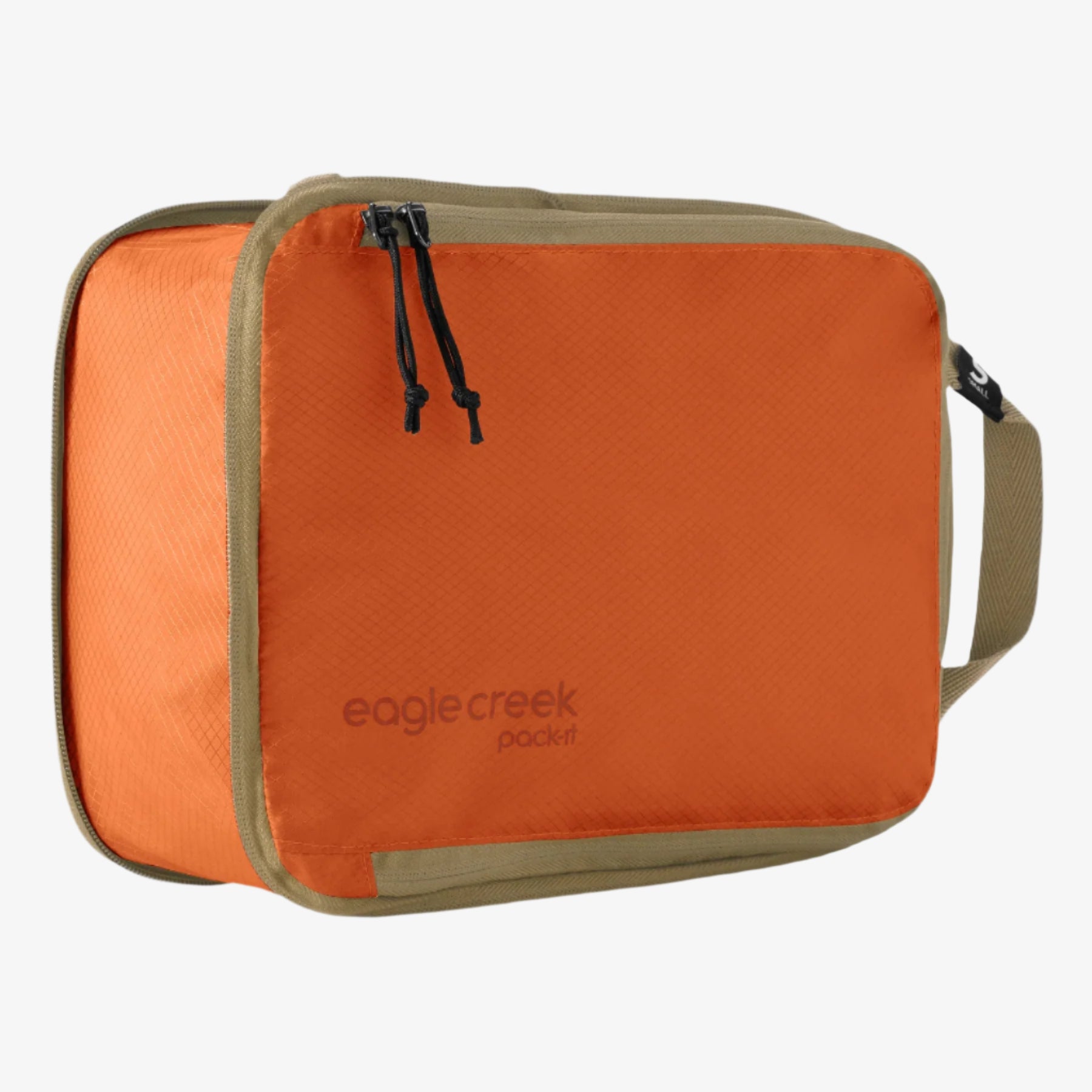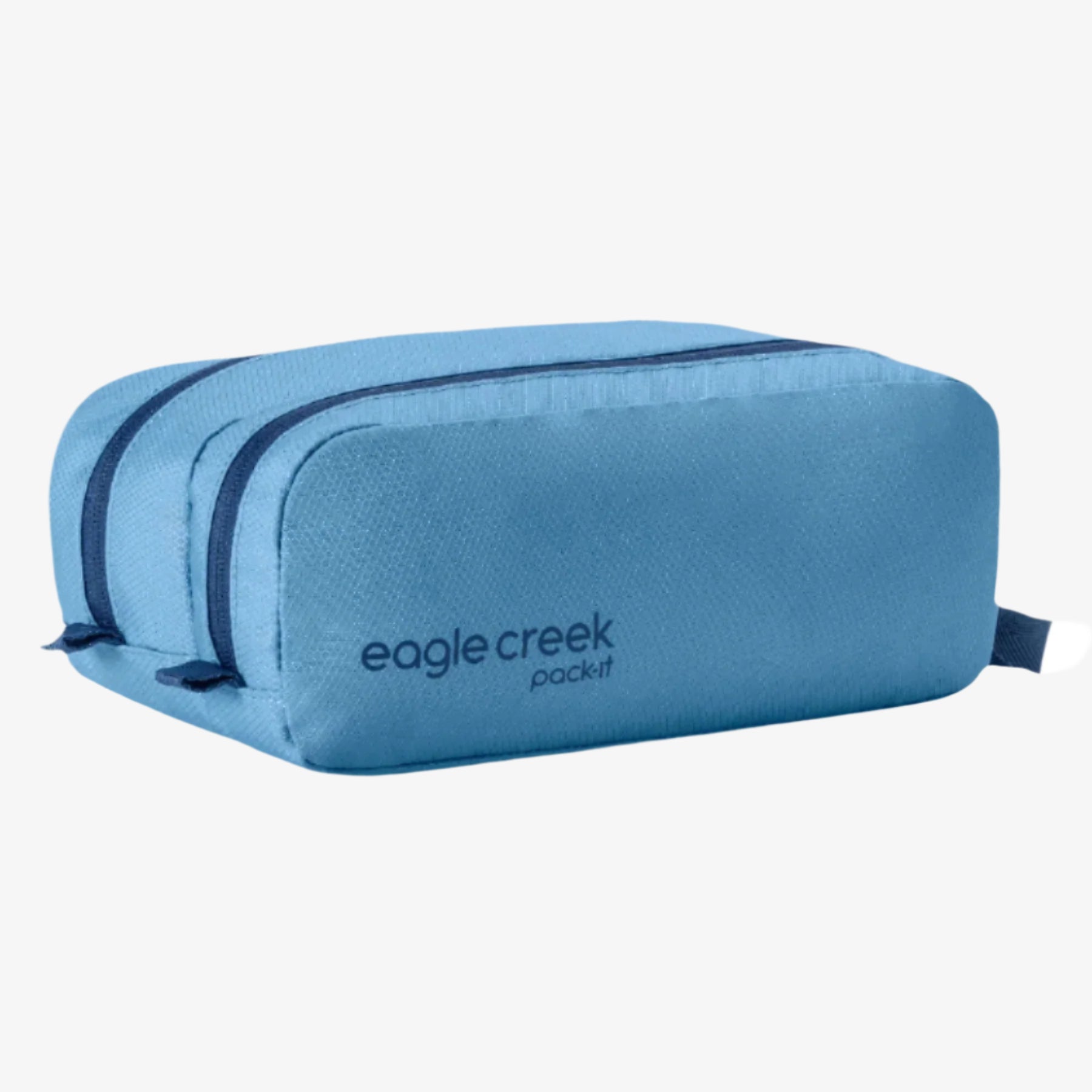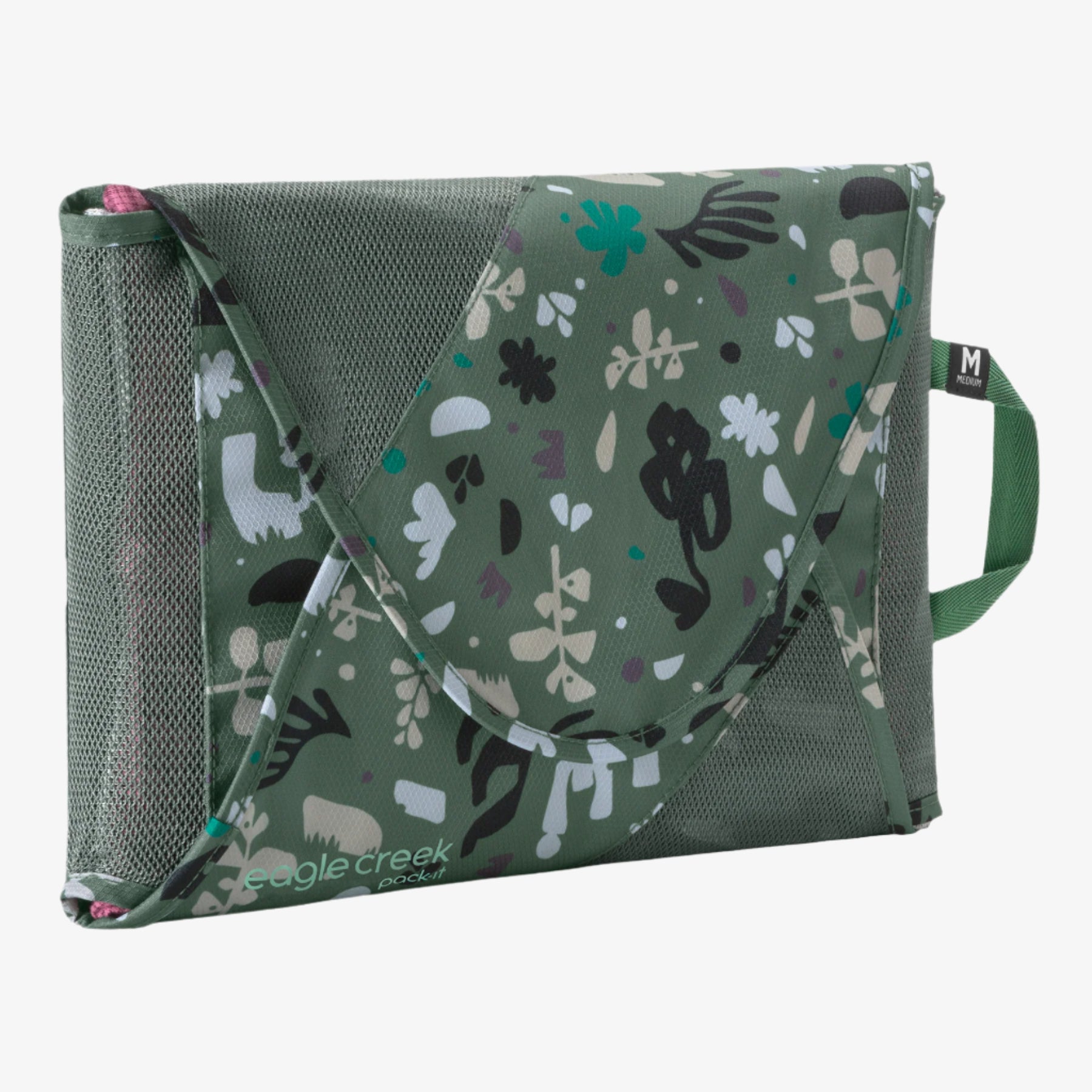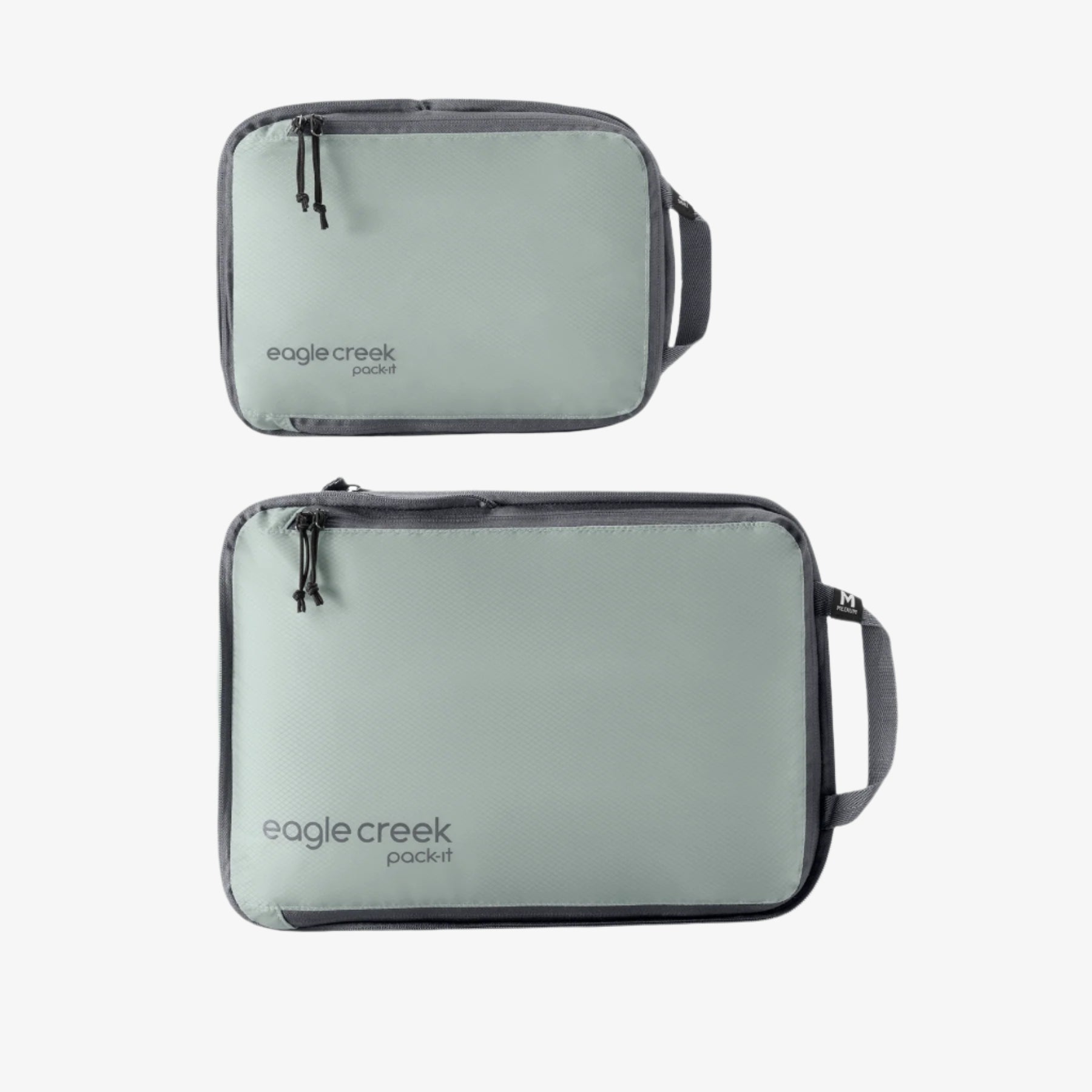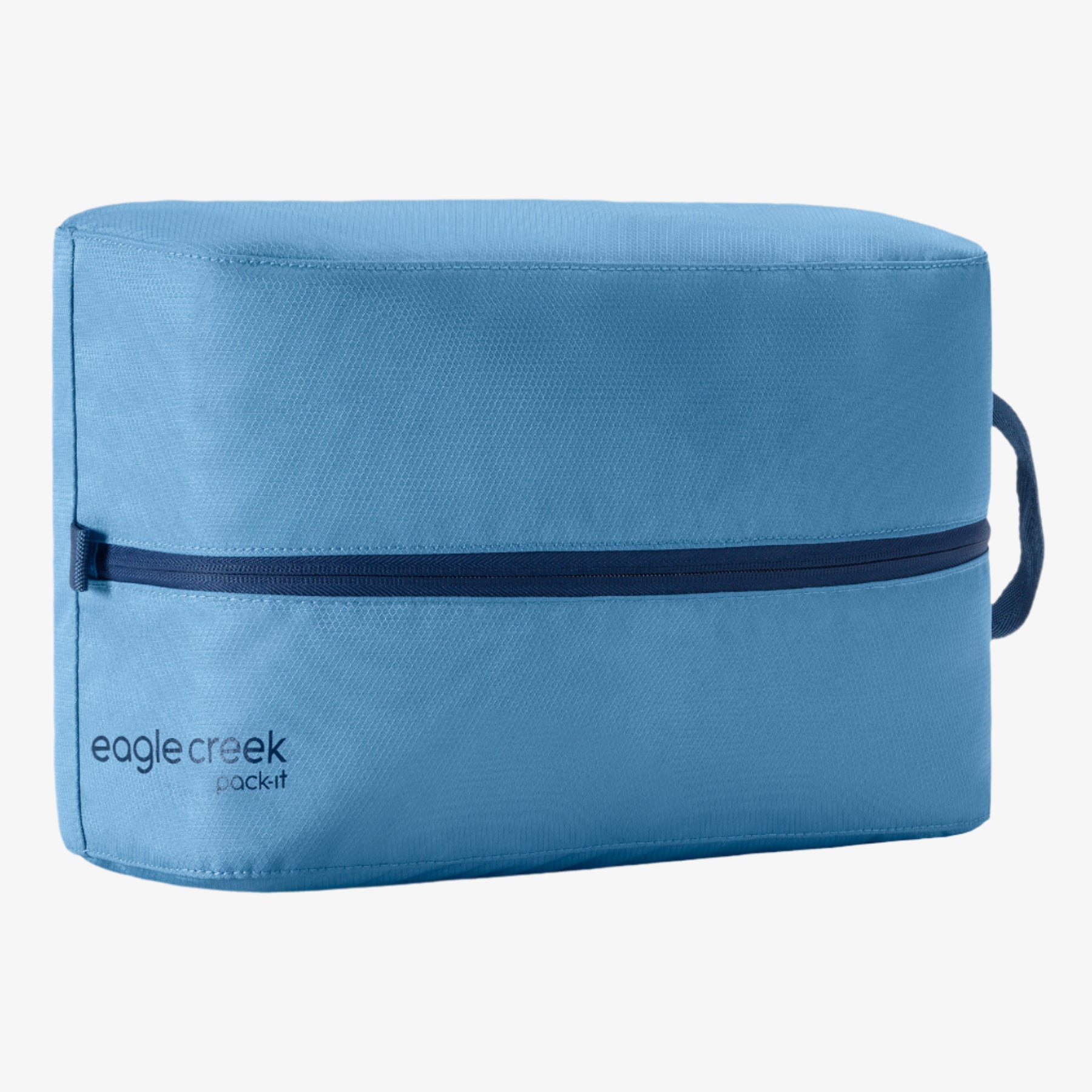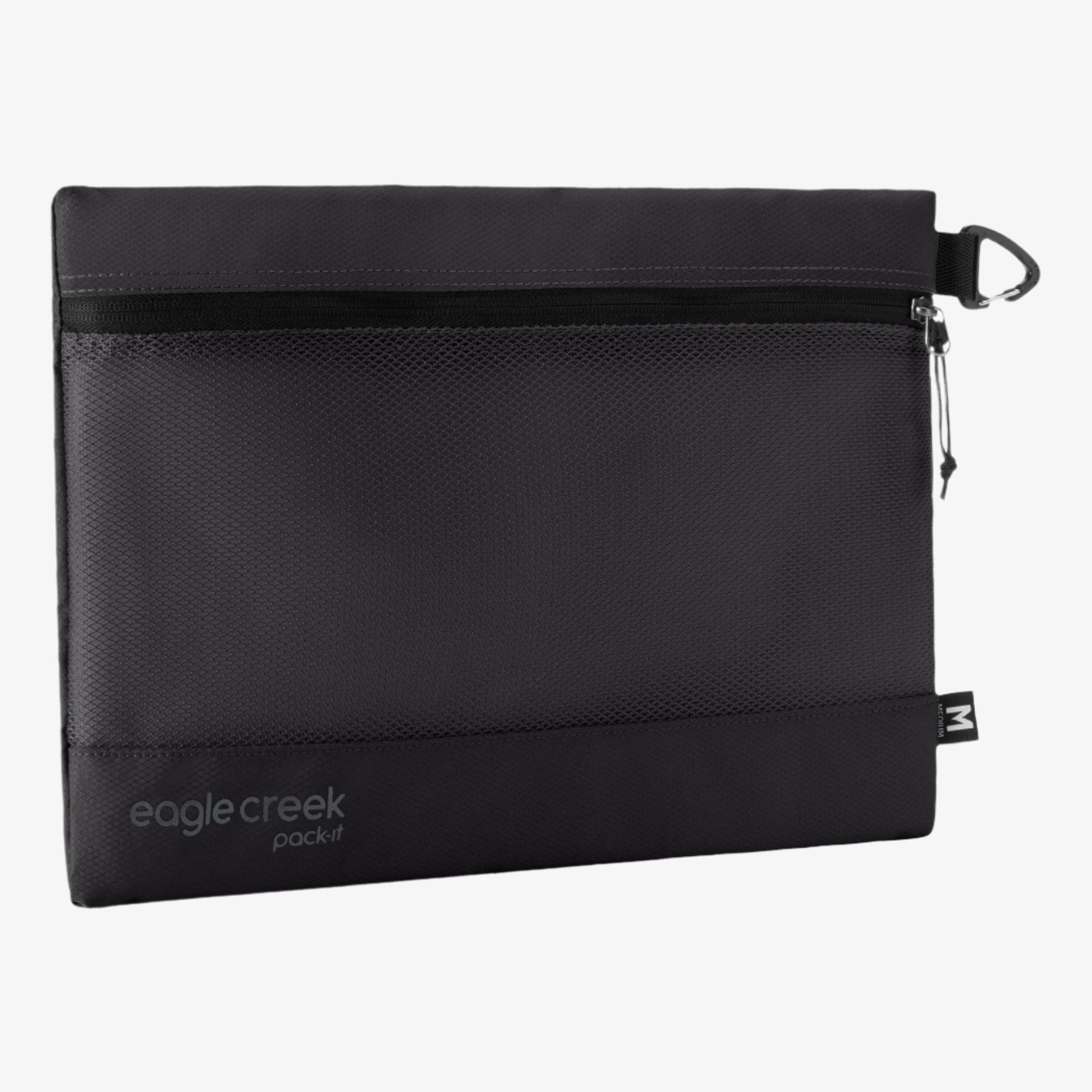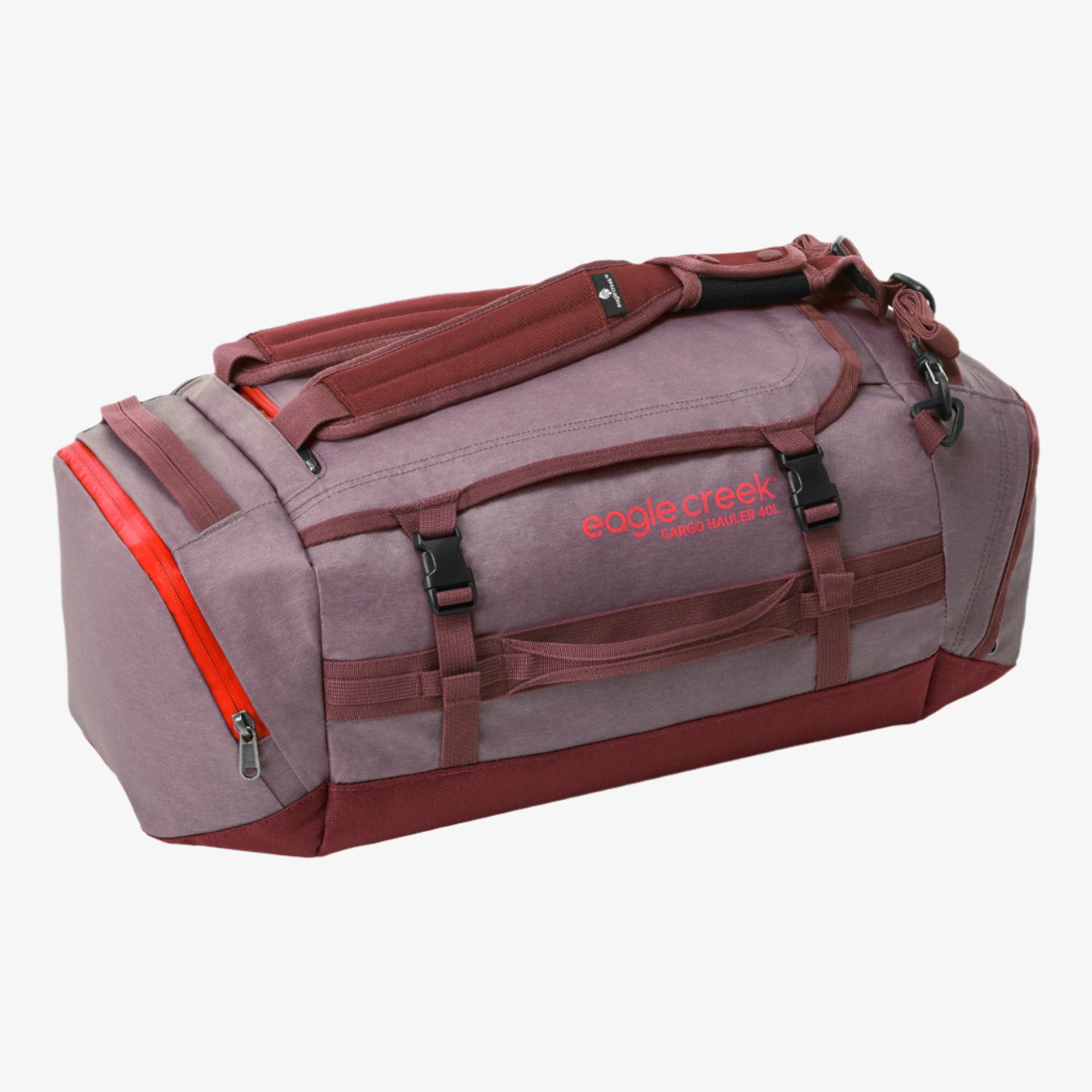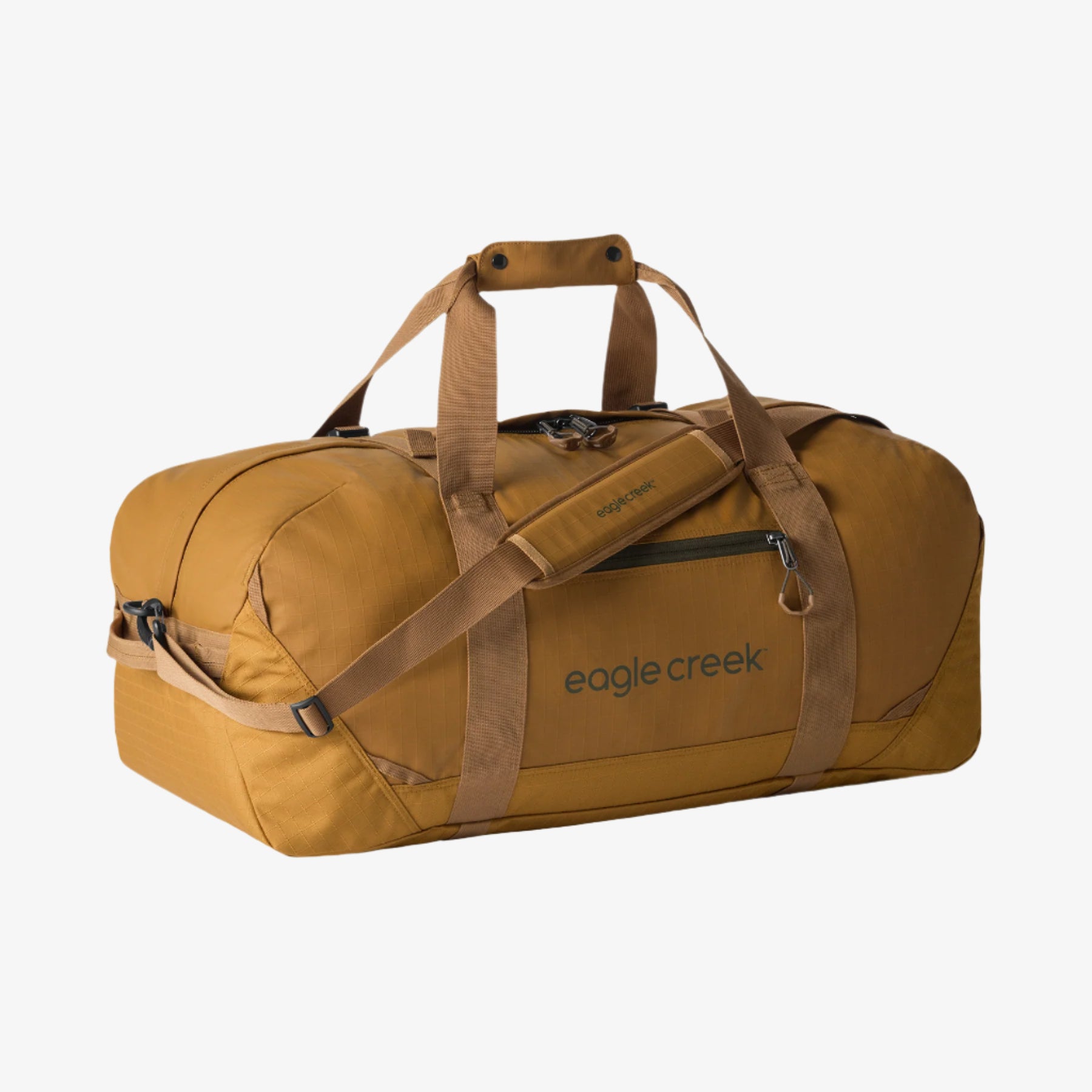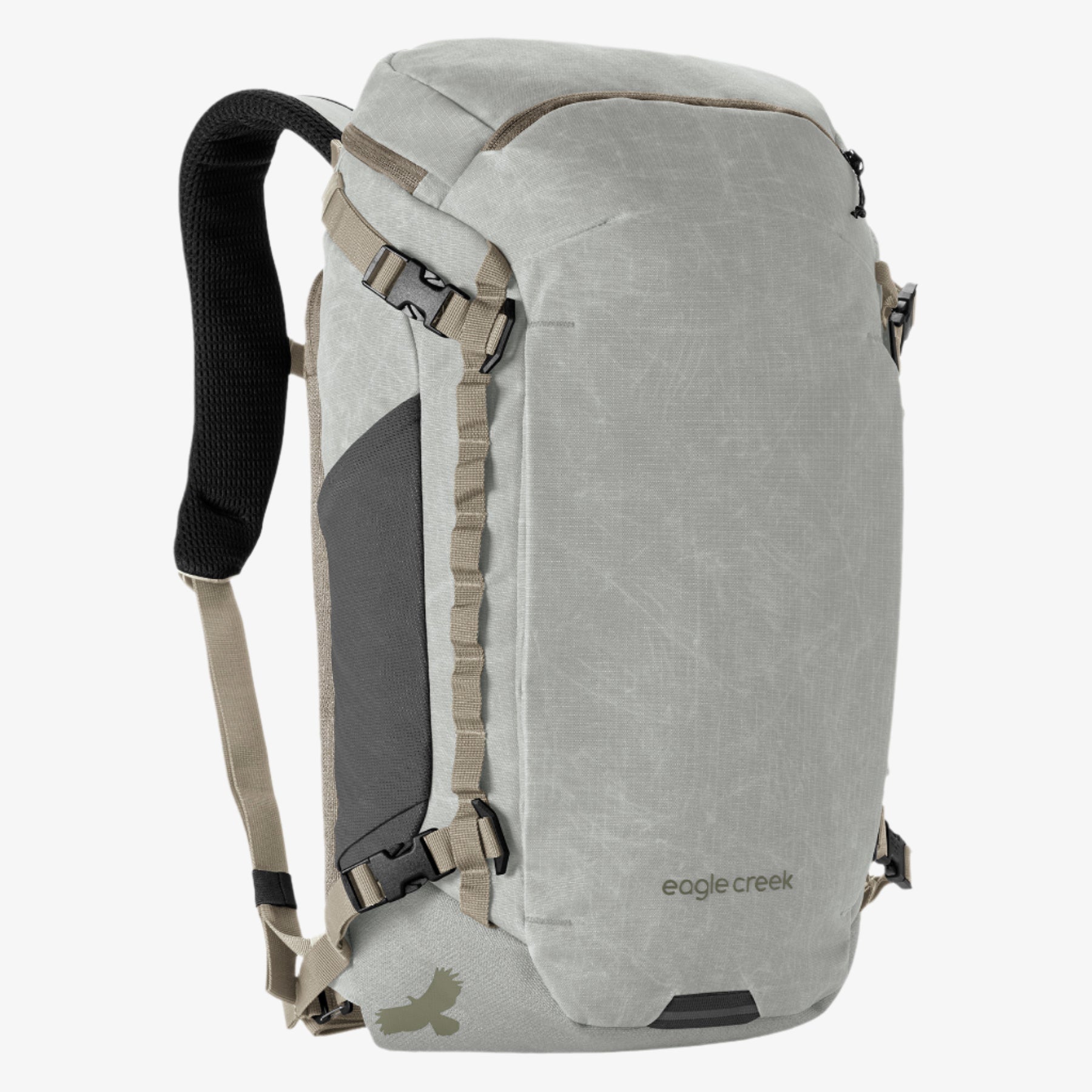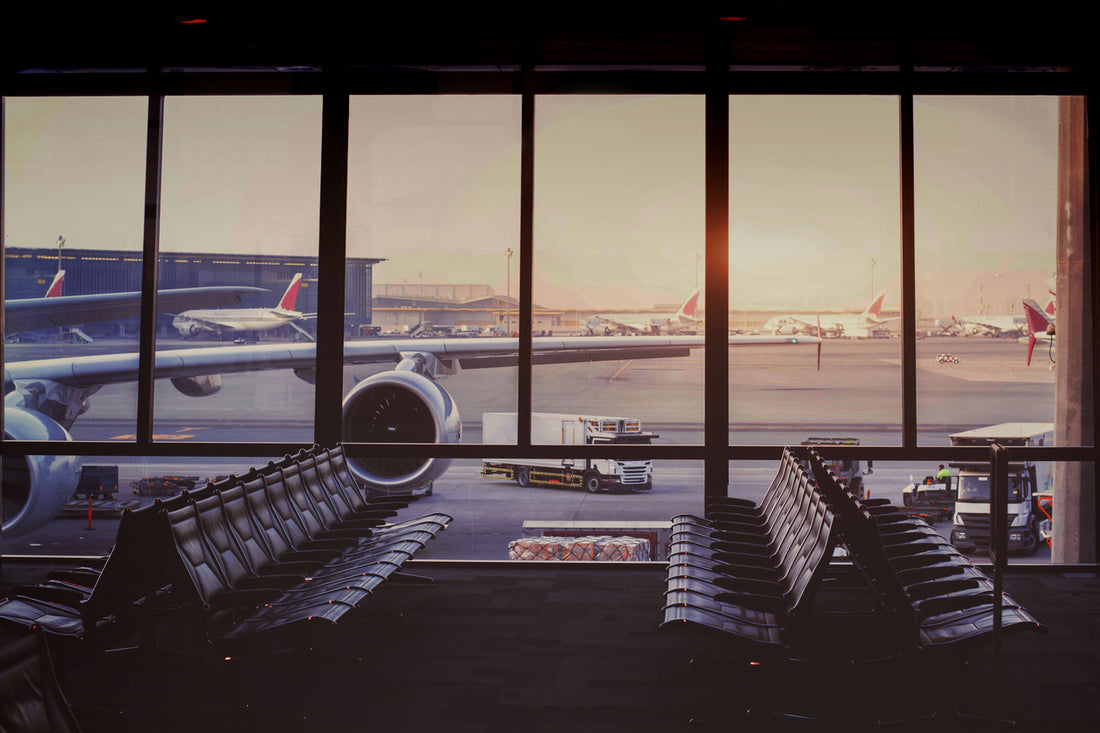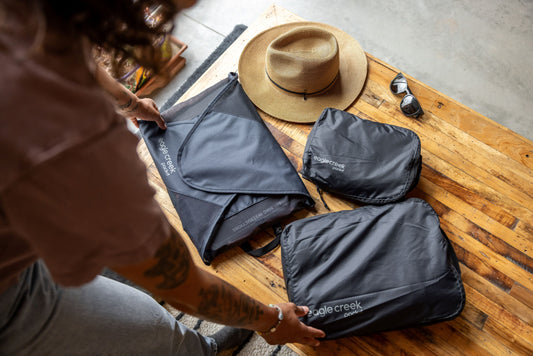The airport security line is the last place you want to fumble through your baggage or hope that you’ve dumped every last piece of metal on your person. Instead, plan smartly before you leave home and make yourself a system so that you can zoom through airport security faster.
There’s nothing worse than running late for a flight only to end up stuck in a security line bottleneck behind the couple fumbling with the laces on their hiking boots, the first-time flyer emptying change penny- by-penny, or the parent too busy talking on the phone to notice their toddler’s jacket zipper is now inexplicably stuck to their stuffed animal.
As veteran travelers, we know that making it through the Transportation Security Administration (TSA) line is nothing less than a refined science, brought about through trial, error, and the occasional streak of good luck. So say goodbye to stress and anxiety at TSA: Here is how to get through airport security faster by following these 10 simple tips.
How to Get Through Airport Security Faster
Consider the following tips and get through airport security faster and easier the next time you fly.
1. Prepare Appropriately Before You Arrive
Keep in mind: It all starts with how you back before arriving at the airport. Getting through security fast comes down to preparing for each aspect of the screening process and knowing what you can bring on a plane so that you face no unexpected snags, thus ensuring that you get through faster—and less frazzled.
Shipping your luggage in advance is a time-saver that will make your trip through TSA significantly faster. This is especially true around the holidays when you might be traveling with gifts. You’ll save yourself heaps of hassle and extra bag fees if you ship gifts and even luggage ahead of time using FedEx Ground or UPS. Then you can skip the line at departures to check your bag and head straight for security. Believe it or not, it can be significantly cheaper to ship boxes than to pay for extra baggage costs.
If you can’t ship your bags ahead of time, triple check the luggage restrictions for your airline and pack everything into a carry-on size bag. Choose the right luggage for your trip, and if possible, try to make your luggage lighter by sticking to the essentials.
Then, before you leave for the airport, ensure you have already checked in for your flight. If you’re now flying carry on only, then you’ve successfully avoided the snaking line at departures. Otherwise, still check in online, but you’ll need to wait in the bag-drop queue—but even one line less can make a huge difference when you’re trying to get through TSA faster!
Expert Travel Tip: If you’re bringing gifts as a carry on, don’t wrap them. TSA may insist on opening them, causing you delays at the airport and the hassle of having to rewrap upon arrival anyway.
2. Have Your Paperwork Ready
You may have no problem holding on to your license in your daily life, but there is something about the hustle and bustle of the airport that often results in losing sight of important documents—boarding passes and passports can easily end up at the bottom of a purse or thoughtlessly put in a jacket pocket. As soon as you enter the security line, have your boarding pass and ID at the ready. An RFID wallet will help keep the important items separate and therefore more top of mind as you get into the security line.
3. Perform Your Own Security Scan
A short line doesn’t always mean a fast line. Get a good look at the type of people waiting in each line, not the number. A dozen business people might move through security much faster than two families with young children or a tour group of senior citizens. Just remember this equation: One baby carriage equals four typical passengers. Here’s another quick tip to get through TSA quickly: Aim for the far left or far right scanner lanes. Most casual and new travelers just walk straight ahead and end up waiting longer as a result.
4. Dress Up to Dress Down: Wear Socks & Slip-On Shoes
Remember the adage, “don’t dress for the job you have, dress for the job you want?” Well, for the (hopefully) short time you are moving through security, the job you want is to get in and out of security as quickly as possible. In addition to the basics, keep jewelry, belts, cell phones etc tucked in your carry-on—you can secure your pants and get back to playing Angry Birds soon enough). Put valuables like jewelry and keys in the pockets of your jacket before you put your jacket through the X-ray—then you can redress at your gate instead of in front of that plastic tray. Better yet, use packing sacs, travel packing cubes, or even extra small packing cubes to organize your small gear before you even arrive at the security line. That way you don’t even have to undress, you just have to finish dressing at your gate.
You are still required to take off your shoes in order to pass through the metal detectors in most airports, so put those sandals away and wear shoes with socks. It’s not only more hygienic, but it’s also safer for you, and dare we say, just a better all-around visual for the people next to you in line! Socks are also great to have when you actually board the plane and find yourself faced with frigid in-flight temperatures.
Next, when every second counts, don’t waste time fiddling with a pair of laces, complicated straps and buckles or yanking off your steel-toe boots. A simple pair of ballet flats for women or slip-on loafers for men will do the trick quite nicely. At Eagle Creek, we are big fans of Toms Shoes, and find these comfy canvas slips-ons to be the perfect travel shoe for men, women and kids alike. If you tend to over-pack and need space in your bag, wear boots you can slip on and off easily—wearing these can be a great way to open up more space in your luggage.
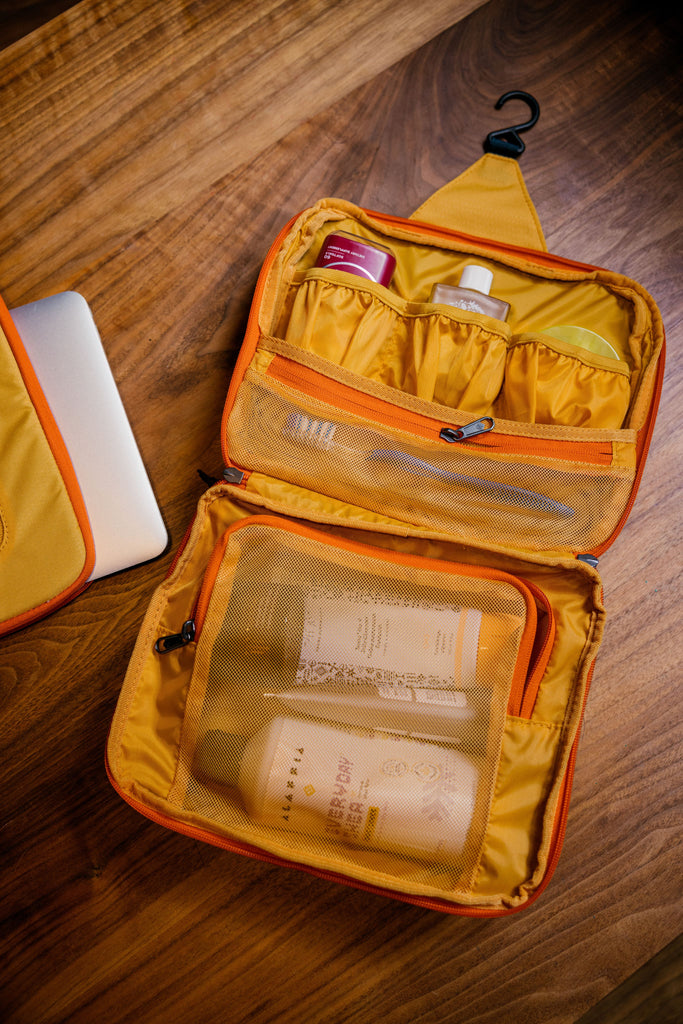
5. Unpack Like a Pro
You know the drill, all liquids and gels must be 3 oz or smaller and fit into a 1 quart bag. Save yourself the expense of purchasing travel-sized products and the inevitable busted sandwich bag lotion explosion later, and pick up a clear bag with clear bottles that you can fill with product from your full-size bottles at home (our travel bottle sets are great and the bag is a quart size). Label your bottles to keep products easy to recognize and put the bag in a front pocket of your carry-on or in your day bag. When it’s time to go through security, simply unzip the outer pocket and place your liquids next to the bag in your bin and move on through!
Speaking of carry-ons, make it easy on the TSA agent (and reduce embarrassment) by learning exactly how to use packing cubes (hint: pack items by category). Looking for a solution to tornado-style packing? The Eagle Creek Pack-It™ System helps ensure that if your bag is opened, at least the process of getting it zipped back up again is a smooth one.
6. Make Your Electronics & Personal Item TSA-Friendly
If it’s likely you will be traveling with your laptop often, a TSA-friendly laptop bag that will allow you to keep your laptop in the bag is a must. These bags are butterfly style, a tri-fold style or a sleeve with a designated section for the laptop that will lay flat on the X-ray machine's belt. Of course, Eagle Creek has several laptop bags to choose from, as well as great carry-on luggage with laptop compartments, so you don’t have to waste any more time than you need to with airport security.
One of the best things about traveling is capturing the moment. However, the more electronics you have sitting in their cases, the longer it will take you to get through security. TSA requires travelers to remove large electronic items, and that means more than just your laptop. You’ll need to place in their own bins any tablets and e-readers, as well as any large battery packs, and likely your DSLR, too. Electronic cases will need to go through the machine as well, so whenever possible, pack anything you won’t need during the flight in your checked luggage rather than your under-the-seat bag—or at the very least gather electronics cords into their own packing sacs or electronics organizers so that you can easily remove just the essentials when quickly passing through TSA.
7. Expedited Services Might be Worth It
Some airlines offer an expedited security line for First-Class or upgraded passengers, which can be worth its weight during the early commuter rush. If you are a U.S. citizen traveling abroad, you may want to consider the Global Entry Program, TSA PreCheck, or Clear. They all cost around $100, and they eliminate the extra step at customs and security to ensure you meet your connecting flight. Global Entry is a U.S. Customs and Border Protection (CBP) program that allows expedited clearance for pre-approved, low-risk travelers upon arrival in the United States using kiosks (and it includes TSA PreCheck).
Wondering which program is right for you? Here’s our thorough guide to Global Entry vs TSA PreCheck vs Clear.
8. Consider the Time of Day
When considering your travel plans, it's important to factor in the time of day to streamline your airport experience. Opting for flights during off-peak hours can significantly reduce the hassle of long security lines. Midweek and early morning flights tend to offer shorter wait times, allowing you to breeze through security.
Moreover, during the holiday season, it's essential to plan for ample time at the airport. Increased passenger traffic can lead to longer queues and potential delays, so arriving early ensures you have sufficient time to navigate security checkpoints and make it to your gate comfortably. By strategically choosing flight times and planning ahead, you can minimize holiday travel stress and maximize efficiency during your travels, ensuring a smoother journey from check-in to boarding.
9. Go Mobile When Possible
Going mobile with your travel documents, like storing boarding passes in your phone's digital wallet, is a great solution to make your airport experience go faster. With your boarding pass readily accessible on your smartphone, you eliminate the need to rummage through bags or pockets to locate a paper ticket. Instead, a simple tap on your device grants you access to essential travel information, saving time and reducing the risk of misplacing important documents amidst the hustle and bustle of airport navigation. Accessibility is another advantage of mobile travel documents. If your boarding pass is readily available on your phone, you can swiftly present it at security checkpoints or during boarding without delay.
As for other benefits of mobile boarding passes, they often come equipped with real-time updates and notifications. They’ll provide passengers with immediate alerts regarding gate changes or flight delays. Beyond boarding passes, you can use airline apps for mobile check-in, luggage tracking, or airport navigation. It’s a helpful tool to speed up the process of getting onto your flight.
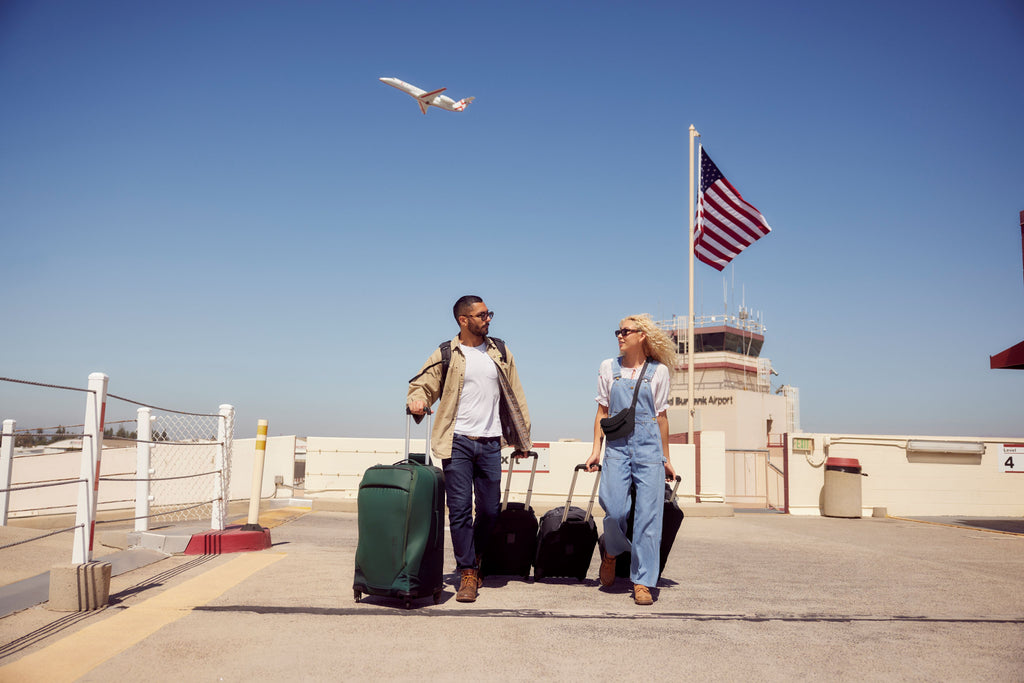
10. When in Doubt, Uphold the Golden Rule
Be polite. This will get you so much farther. Remember that TSA screens more than two-million people every day and it’s no cakewalk for anybody. Keep things friendly and in perspective! After all, each step in line is a step closer to your next travel adventure!
Last Minute TSA Tips: What Goes In the Bins?
- Drink your water! If you realize there’s some left in that bottle last-minute, hydrate immediately before getting it taken away completely. You can refill once inside.
- Have your passport/ID and ticket ready using a handy RFID Travel Wallet. Properly packing your passport and boarding passes is an often overlooked part of quickly navigating airport security, but the security guards and passengers behind you will appreciate it (and you’ll get through faster!).
- Personal item and carry-on bag? Nope, these two items don’t need a bin. Set both straight on the conveyor belt.
- Now, do a body scan from head to toe. Sunglasses, jacket, belt, keys, phone, shoes—all go into a bin.
- Pull out that previously organized 3-1-1 pouch with liquids, and throw that on top.
- Laptop—YES, this gets its own bin and you should have this easily accessible in a laptop bag with easy external zipper pocket access.
Lastly, wait for your items to go through the conveyor belt before walking all the way through security. This is generally required and communicated but remember—you’re a pro at this point and don’t need to be told.
And that’s it travelers! Follow these simple tips and enjoy your safe (and speedy) flight to destinations unknown.
FREQUENTLY ASKED QUESTIONS
What items should I pack in my carry-on to get through airport security faster?
To get through airport security faster, pack only essential items. Avoid packing things you don’t need while traveling, like excess gadgets and ten pairs of socks. Some of the items to pack in a carry-on include:
- ID: Ensure you have your identification readily available for security checks.
- Boarding Pass: Opt for a digital boarding pass on your phone for quick access.
- Liquids: Pack liquids in a clear, quart-sized bag according to TSA regulations.
- Electronics: Place electronics in an easily accessible pouch for efficient screening.
Organize your carry-on to minimize digging and ensure swift retrieval of items during security screening. Additionally, consider wearing slip-on shoes and minimal jewelry to expedite the process further. Check out Eagle Creek's ultimate travel packing checklist for a reference on the items you might need to pack.
How early should I arrive at the airport for an easy security experience?
It’s best to arrive at the airport at least two hours before your domestic flight and three hours before an international flight to ensure a stress-free security experience. This timeframe allows ample time for check-in, baggage drop-off, security screening, and any unforeseen delays.
Factors such as the airport's size and peak travel times can influence your arrival time, so it's best to err on the side of caution and arrive early to avoid rushing through security and potentially missing flights.
What is the 3-1-1 rule at airport security?
To know how to get through TSA faster, you need to be aware of the 3-1-1 rule. The 3-1-1 rule refers to the Transportation Security Administration (TSA) guidelines for carrying liquids, gels, and aerosols in carry-on luggage:
- 3: Each passenger is allowed to carry liquids, gels, and aerosols in containers that are 3.4 ounces (100 milliliters) or less per item.
- 1: All containers must be placed in a single, clear, quart-sized plastic bag.
- 1: Each passenger is allowed one quart-sized bag, which must be presented separately for inspection at the security checkpoint.
This rule helps streamline the security screening process by limiting the size and quantity of liquids passengers can bring through the checkpoint. By adhering to the 3-1-1 rule, travelers can ensure that their carry-on liquids comply with TSA regulations for a smoother experience during security checks.
Are there packing techniques to get through airport security faster?
Here are some efficient packing tips to expedite the security process at the airport:
- Organize Electronics: Keep all electronics, such as laptops, tablets, and cameras, in a separate, easily accessible pouch or compartment within your carry-on. This allows you to quickly remove them during security screening without having to rummage through your bag.
- Use Packing Cubes: Utilize packing cubes or organizers, which you can find at Eagle Creek, to compartmentalize your belongings and keep them neatly arranged in your carry-on. This helps prevent clutter and makes it easier to locate specific items during security checks.
- Minimize Clutter: Pack only the essentials in your carry-on to reduce the amount of clutter and streamline the contents of your bag. Avoid packing unnecessary items that could slow down the security screening process or cause delays. Roll or fold your clothes to make it more organized and save space.
- Pre-Pack Liquids: Place all liquids, gels, and aerosols in a clear, quart-sized plastic bag before arriving at the airport. This allows you to quickly remove the bag for inspection during security checks, saving time and avoiding the need for additional searches.
- Wear Easy-to-Remove Shoes: Opt for slip-on shoes or footwear with minimal laces and buckles to expedite the process of removing and replacing them during security screening.
- Plan Ahead: Familiarize yourself with TSA regulations and pack accordingly to ensure compliance with guidelines. This includes adhering to the 3-1-1 rule for liquids and being aware of any restrictions on prohibited items.
